Hi there! I’m excited to share with you some care tips for the Cordyline Fruticosa ‘Cordyline Kiwi’, a beautiful tropical houseplant that will add a touch of vibrant colour to your indoor space. Let me start by sharing a little story.
Imagine waking up in the morning, groggily making your way to the kitchen for a cup of coffee. As you take a sip, you glance out the window and your eyes are immediately drawn to a burst of colors in your neighbor’s garden. Curiosity piques your interest, and you decide to investigate.
Walking through the gate, you find yourself in a lush oasis, with a variety of tropical plants creating a breathtaking display. Your eyes land on a captivating plant with striking variegated foliage, showcasing a mix of green, cream, yellow, and pink. It’s the Cordyline Fruticosa ‘Cordyline Kiwi’.
Enchanted by its beauty, you can’t help but ask your neighbor about this stunning plant. They tell you stories of how it’s known as the “Good Luck Plant,” believed to bring blessings and prosperity to its owners. Intrigued, you listen intently as they share their secrets for keeping the Cordyline Fruticosa ‘Cordyline Kiwi’ thriving.
Now, imagine bringing that enchantment into your own home. With the right care, you can have your own Good Luck Plant, brightening up your living space and providing a touch of tropical paradise.
Appearance of Cordyline Fruticosa ‘Cordyline Kiwi‘


The Cordyline Fruticosa ‘Cordyline Kiwi‘ is a truly captivating plant with its stunning variegated foliage. The leaves display a beautiful mix of green, cream, yellow, and pink colours, creating a vibrant and eye-catching display. This plant forms an upright, bushy clump, allowing it to make a statement in any indoor space. With its maximum height of 1.5 meters, the Cordyline Fruticosa ‘Cordyline Kiwi‘ adds a touch of elegance and allure to your home or office.
 The Cordyline Fruticosa ‘Cordyline Kiwi‘, a tropical Southeast Asian and Pacific marvel, is drenched in centuries of cultural significance. A staple in rituals and a beacon of good luck, this lush plant weaves a rich tapestry of tradition into our modern living spaces around the world.
The Cordyline Fruticosa ‘Cordyline Kiwi‘, a tropical Southeast Asian and Pacific marvel, is drenched in centuries of cultural significance. A staple in rituals and a beacon of good luck, this lush plant weaves a rich tapestry of tradition into our modern living spaces around the world.
Light Requirements for Cordyline Kiwi

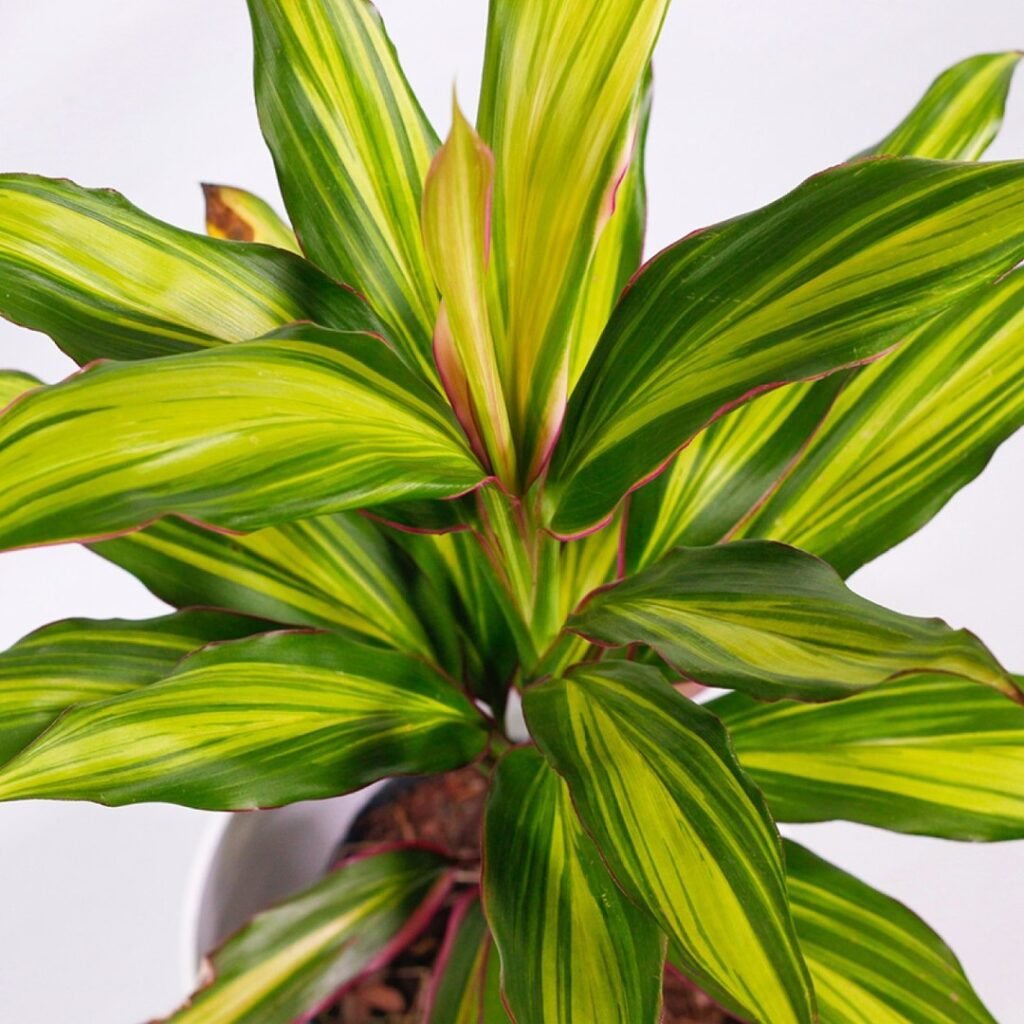
The Cordyline Fruticosa ‘Cordyline Kiwi‘ is a tropical houseplant that thrives in bright, indirect light. It is important to place the plant in a location where it can receive ample sunlight, but it should be protected from direct sunlight, as it can scorch the leaves.
A well-lit room or positioning near a window with filtered light is ideal for this plant. This way, it can benefit from the natural light without being exposed to the harshness of direct sun rays. The vibrant foliage of the ‘Cordyline Kiwi‘ will truly shine and add a touch of tropical beauty to your indoor space when it receives the right amount of light.

Watering Tips for Cordyline Kiwi


When it comes to caring for the Cordyline Fruticosa ‘Cordyline Kiwi‘, ensuring the right watering routine is crucial. During the growing season, which spans from March to September, I recommend watering the plant generously. It’s important to keep the soil consistently moist, but be cautious not to overwater and leave it waterlogged.
In the winter months, however, it’s best to reduce the frequency of watering. Allowing the plant to dry out slightly between waterings helps prevent the risk of waterlogging and promotes healthier root growth. To determine when it’s time to water, check the moisture level of the soil by gently inserting your finger into the soil up to your first knuckle. If it feels dry at that depth, it’s a good indicator that the plant needs watering.
Remember, each plant has unique watering needs, so it’s important to monitor the moisture levels regularly and adjust accordingly. Over time, with a consistent and balanced watering routine, your Cordyline Fruticosa ‘Cordyline Kiwi‘ will thrive and showcase its vibrant foliage, bringing joy and beauty to your indoor space.

Fertilizing and Soil for ‘Good Luck Plant’
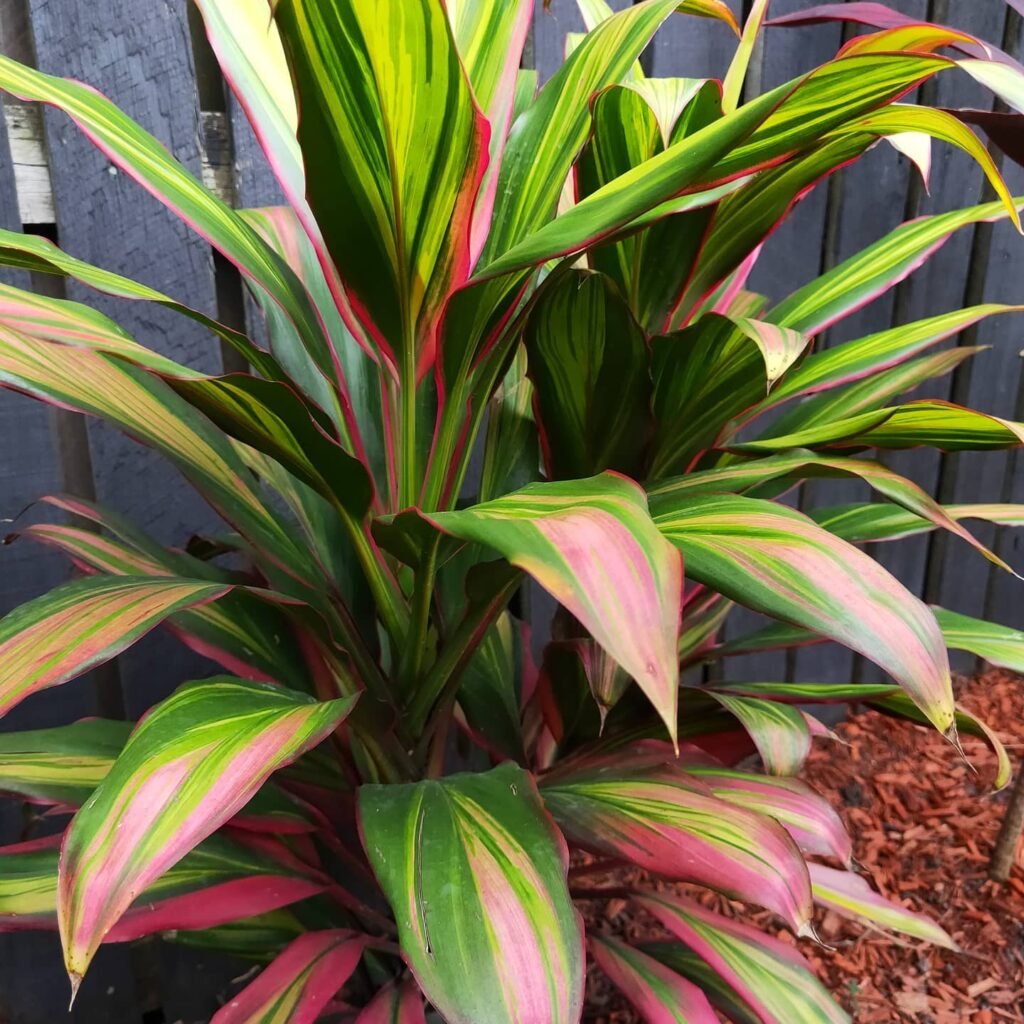

In order to ensure the healthy growth of the Cordyline Fruticosa ‘Cordyline Kiwi‘ during the growing season, it is important to provide it with the right nutrients. I recommend feeding the plant with a balanced houseplant fertilizer on a monthly basis. This will provide it with the necessary nutrients to thrive and maintain its vibrant foliage.
When it comes to the soil, it is essential to use a well-draining mixture that is rich in organic matter. This allows for proper air circulation and prevents the roots from becoming waterlogged. Good drainage is particularly important for the Cordyline Fruticosa ‘Cordyline Kiwi‘, as it helps prevent root rot and other water-related issues.
The plant has a preference for rainwater, but if that is not accessible, filtered water or water that has been boiled and cooled can also be used. Avoid using tap water that is treated with chemicals, as it can have a negative impact on the plant’s health.

Pruning and Maintenance for Cordyline Kiwi

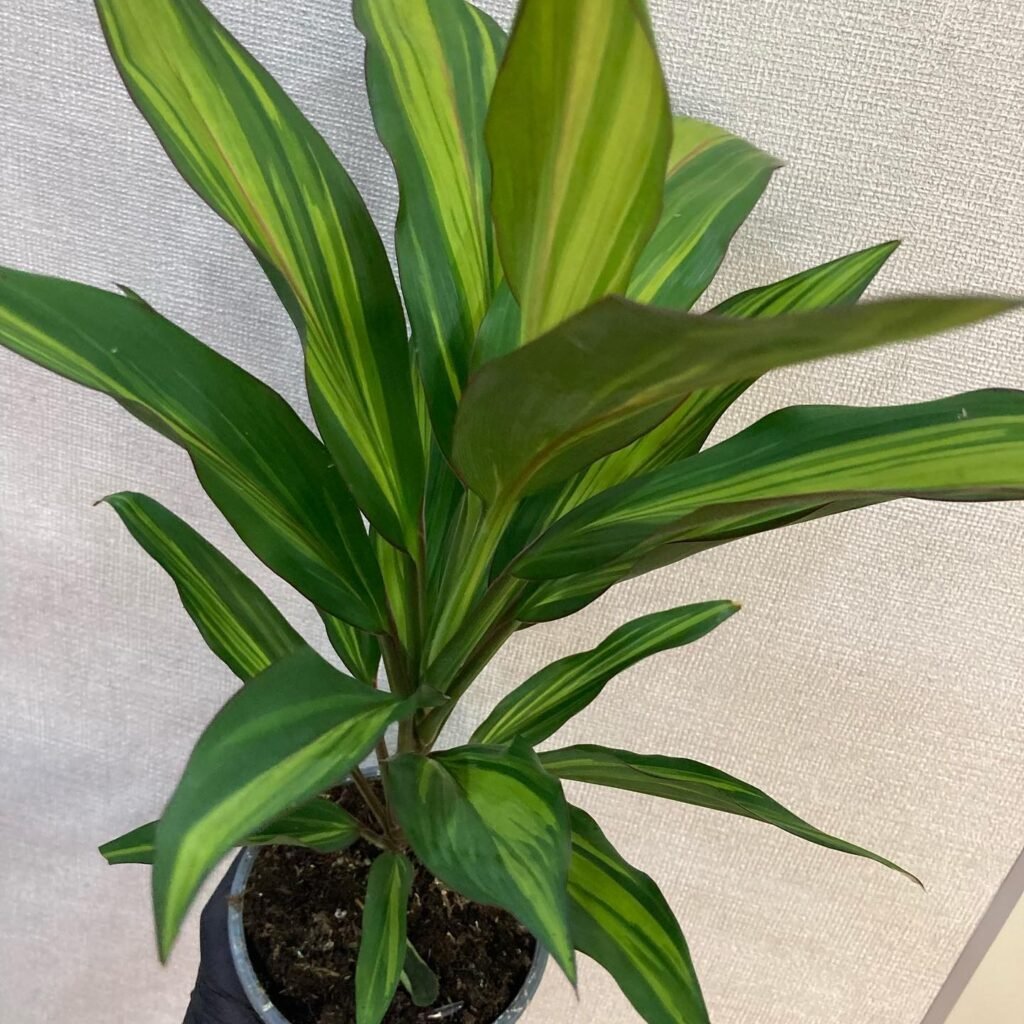
Pruning is generally not required for the Cordyline Fruticosa ‘Cordyline Kiwi‘ plant. However, it is advisable to remove any dead or damaged leaves to maintain its overall appearance and health. By regularly inspecting the plant, you can identify any foliage that needs to be pruned.
Regular maintenance is essential for the Cordyline Fruticosa ‘Cordyline Kiwi‘ plant’s well-being. To increase humidity, mist the plant a few times a week. This mimics the natural tropical environment that this plant thrives in. Additionally, wiping the leaves with a damp cloth helps keep them clean and free from dust, ensuring optimal photosynthesis and growth.

Propagating Cordyline Fruticosa ‘Cordyline Kiwi‘
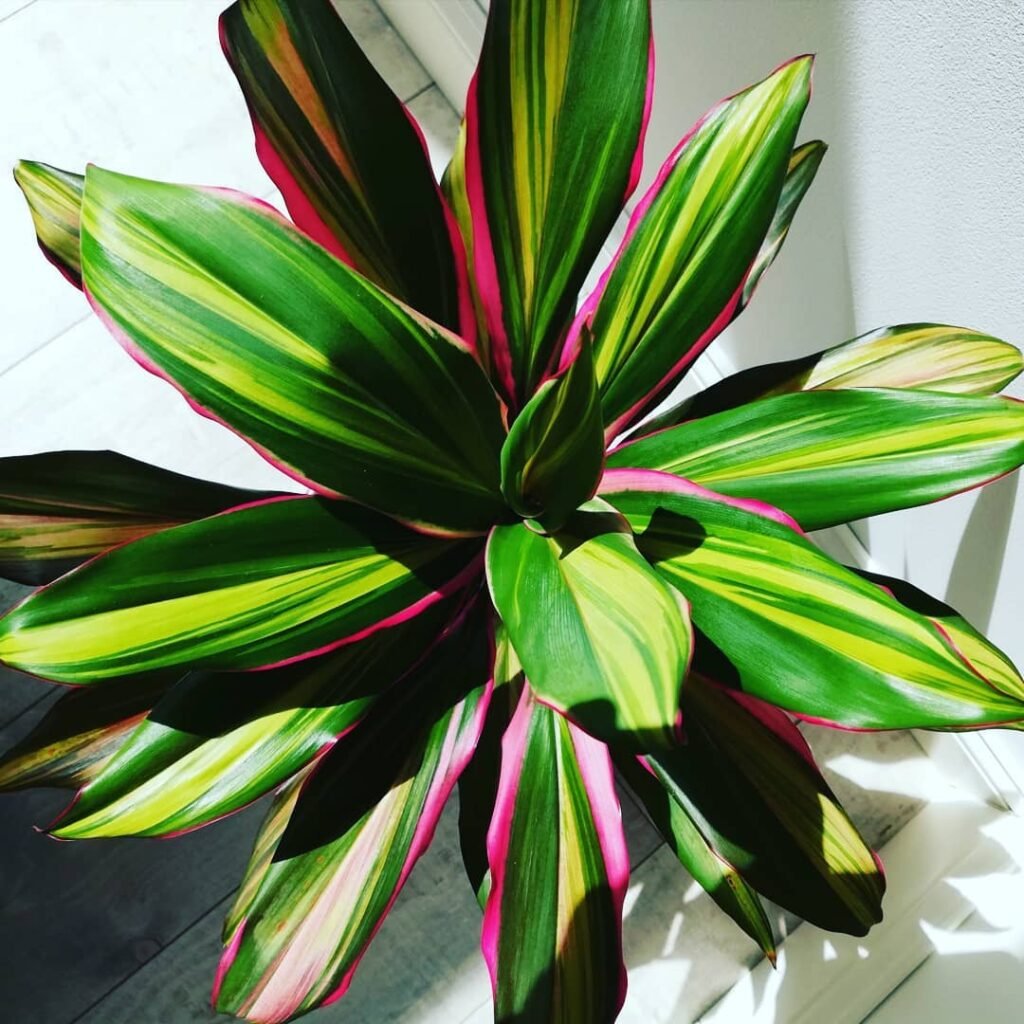
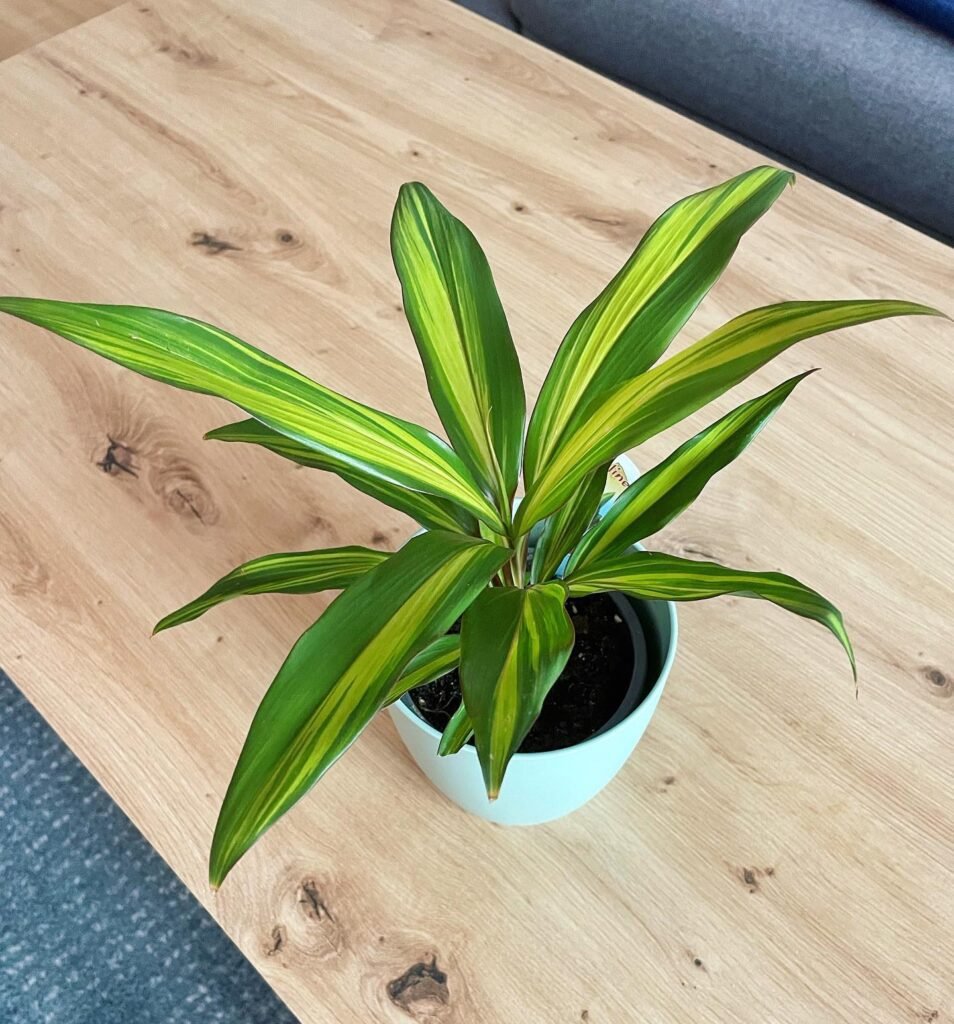
Propagating the Cordyline Fruticosa ‘Cordyline Kiwi‘ is a rewarding way to expand your plant collection. One method of propagation is through stem cuttings.
To propagate the Cordyline Fruticosa ‘Cordyline Kiwi,’ you will need a mature plant to take cuttings from. Select a healthy stem and cut it just below a node, which is where the leaves attach to the stem.
Prepare a well-draining potting mix and plant the stem cutting, ensuring that at least one node is buried in the soil. Gently firm the soil around the cutting to provide support.
Maintain the soil moisture by keeping it moist but not waterlogged. Provide the cutting with bright indirect light to promote root development.
Within a few weeks, roots should begin to develop, indicating successful propagation. Once the roots are well-established, you can pot the new plant separately and continue caring for it as you would with an adult Cordyline Fruticosa ‘Cordyline Kiwi‘.
Note: Propagating the Cordyline Fruticosa ‘Cordyline Kiwi‘ through stem cuttings is an effective method to create new plants without the need for seeds or specialized equipment. It is a straightforward process that allows gardeners and plant enthusiasts to expand their collection and share their love for this vibrant tropical houseplant.

Repotting Tips for Cordyline Kiwi
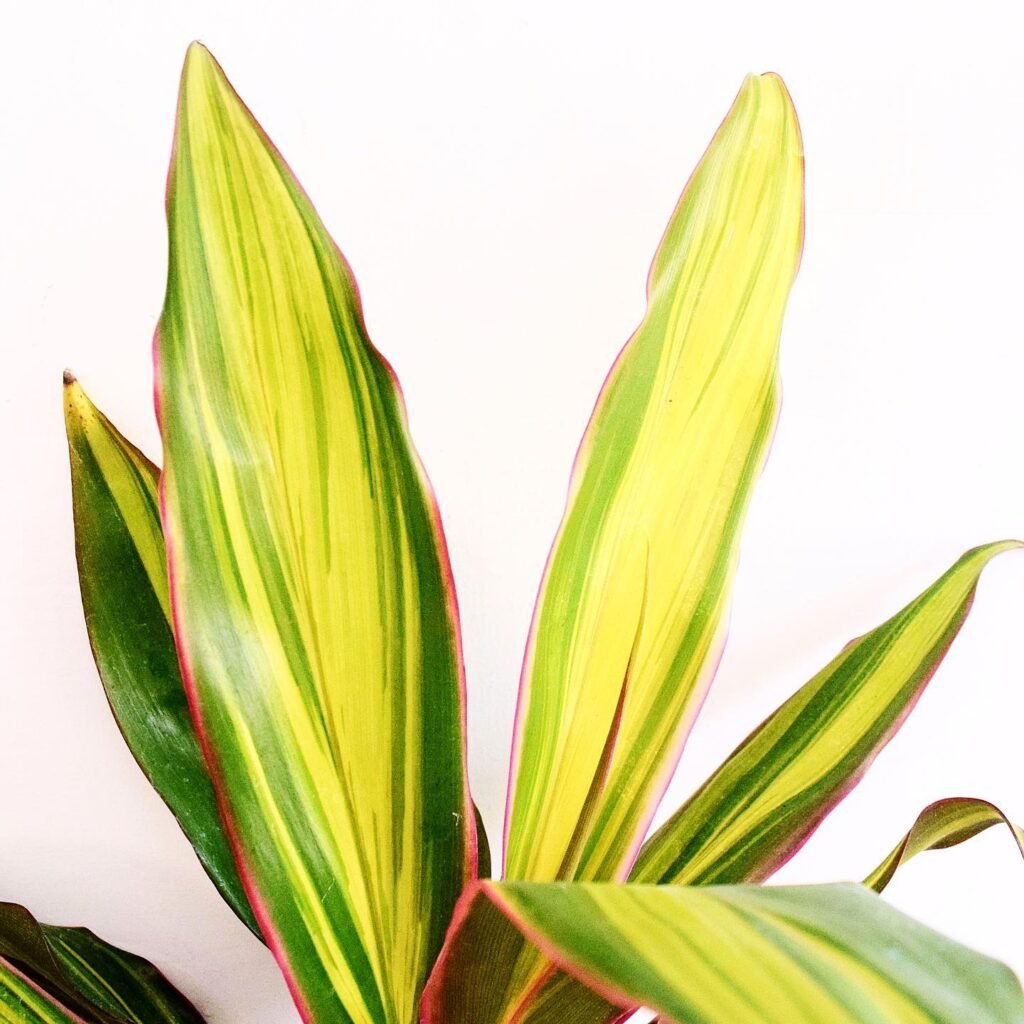

When it comes to the Cordyline Fruticosa ‘Cordyline Kiwi‘, repotting is typically recommended every 1-2 years, or whenever the plant has outgrown its current pot. Repotting not only gives the plant more space to grow, but it also allows you to refresh the soil and ensure optimal drainage.
To begin the repotting process, choose a new pot that is slightly larger than the current one. This will provide enough room for the plant’s roots to spread and grow. Make sure the new pot has drainage holes to prevent waterlogging.
Next, prepare a well-draining soil mixture for the plant. A combination of potting soil, perlite, and peat moss works well for cordylines. This mixture will provide the right balance of moisture retention and drainage, promoting healthy root growth.
Gently remove the Cordyline Fruticosa ‘Cordyline Kiwi‘ from its old pot, taking care not to damage the roots. Loosen the root ball gently to encourage new growth and ease transplantation stress.
Place the plant in the new pot, ensuring that it sits at the same level as it did in the previous pot. Fill in the gaps around the root ball with the prepared soil mixture, pressing it lightly to secure the plant. Avoid overpacking the soil, as this may prevent proper drainage.
After repotting, give the plant a thorough watering to settle the soil and hydrate the roots. Allow any excess water to drain out through the pot’s drainage holes.
Remember, repotting is an excellent opportunity to inspect the roots for any signs of damage or disease. Remove any dead or rotting roots before transplanting the plant.
Cordyline Kiwi and Pets
It is important to note that the Cordyline Fruticosa ‘Cordyline Kiwi‘ is toxic to pets, including cats and dogs. Keep the plant out of reach from pets to prevent any accidental ingestion, as it can cause gastrointestinal issues and discomfort.
 Did you know Cordyline Fruticosa ‘Cordyline Kiwi‘, also known as the Good Luck Plant, isn’t just a treat for the eyes with its vibrant colours? It’s believed to bring positive energy and prosperity to your home, making it a popular choice beyond its aesthetic appeal. It’s a brilliant way to add a splash of colour to your indoors while inviting good vibes into your space!
Did you know Cordyline Fruticosa ‘Cordyline Kiwi‘, also known as the Good Luck Plant, isn’t just a treat for the eyes with its vibrant colours? It’s believed to bring positive energy and prosperity to your home, making it a popular choice beyond its aesthetic appeal. It’s a brilliant way to add a splash of colour to your indoors while inviting good vibes into your space!
Helpful Videos about Growing Cordyline Kiwi
Thinking about giving Cordyline Fruticosa ‘Kiwi‘ a go? I’ve put together a bunch of videos for you. They offer straightforward advice to help your plant thrive, from vital care tips to handy tricks. Perfect for seasoned green fingers and newbies alike, these guides are all about making the care for ‘Kiwi’ as clear as a bell, ensuring you have a cracking time gardening.
- Growing Cordyline fruticosa
- How to Grow and Care Cordyline Fruticosa Kiwi from Cuttings
FAQ about Growing Cordyline Fruticosa ‘Cordyline Kiwi‘

Fancy turning your Cordyline Fruticosa ‘Kiwi’ into a bit of a stunner? Dive into my easy-peasy FAQ for all the tips and tricks you need to care for your ‘Kiwi’. Whether it’s picking the perfect spot in your place or getting the watering spot on, I’ve covered it all to help it thrive.
Your ‘Kiwi’ loves bright, indirect light. A spot near a window that gets plenty of light but not direct sun is perfect. If it’s too sunny, the leaves might get a bit sunburnt.
Water when the top couple of centimetres of soil feel dry. Typically, this might be once a week, but less often in winter. Over-watering is a no-no, so make sure your pot drains well.
Yes, but it’s a bit fussy about the cold. During warmer months, it can enjoy a holiday outdoors, but once the temperature drops near freezing, bring it back inside.
A well-draining potting mix is ideal. You can buy mixes designed for indoor plants, or add some perlite or sand to improve drainage.
Signs include yellowing leaves, a mushy base, or soil that stays wet for ages. If in doubt, let it dry out a bit before watering again.
Brown tips can signal low humidity or watering issues. Try misting your plant to increase humidity, and check your watering routine to ensure the soil isn’t too soggy or too dry.
Good light is key to vibrant colours. Not enough light can make the colours fade, so find that sweet spot of bright, indirect light.
Feeding every now and then during the growing season (spring to summer) can help. Use a balanced liquid fertiliser, diluted to half the recommended strength, every 4-6 weeks.
It’s not a fan of direct midday sun, which can scorch the leaves. Morning light or filtered sunlight is much better.
Choose a pot just a bit larger than the current one and repot in spring or early summer. Be gentle with the roots and give it a good water after moving.
Yes, it’s best to keep your ‘Kiwi’ out of reach. It can be toxic if ingested by pets or kids, causing upset stomachs or more serious health issues.
Keep an eye out for common pests like spider mites and mealybugs. A gentle wipe with a soapy water solution or an insecticidal soap can sort them out.
It does appreciate a bit of humidity. Regular misting or placing it near other plants can help keep it happy.
Indoors, your ‘Kiwi’ can reach up to 3-4 feet tall and spread out about 2 feet. It’s a bit of a slow grower, so it won’t take over your space too quickly.
Absolutely, if your bathroom gets enough light and is well-ventilated. The extra humidity will be right up its street.
The easiest method is to cut a piece of stem about 10-15cm long, remove the lower leaves, and pop it in water or directly into soil. Keep it warm and moist, and it should root in a few weeks.
Pruning isn’t usually necessary, but you can trim off any dead or dying leaves at the base to keep it looking tidy.
I hope this has cleared up how to care for your Cordyline Fruticosa ‘Kiwi‘. Any lingering questions? Just drop them in the comments, and I’ll swing by with an answer. Remember, every gardener begins at the starting line, and learning the ins and outs of your ‘Kiwi‘ is an exciting journey.
Conclusion
Taking care of the Cordyline Fruticosa ‘Cordyline Kiwi‘ is essential to ensure its vibrant growth and longevity as an indoor tropical plant. By providing the right balance of light, water, and humidity, you can create an optimal environment for this stunning houseplant to thrive.
Regular maintenance, such as pruning and repotting, will help keep the Cordyline Fruticosa ‘Cordyline Kiwi‘ in excellent health. Prune away any dead or damaged leaves to maintain its appearance, and repot the plant every 1-2 years to accommodate its growth.
It’s important to note that the Cordyline Fruticosa ‘Cordyline Kiwi‘ is toxic to pets and small children. Keep it out of their reach to prevent any accidental ingestion that may cause gastrointestinal discomfort.
By following these cordyline plant care tips, you can enjoy the beauty of the Cordyline Fruticosa ‘Cordyline Kiwi‘ while creating a tropical oasis in your home. Its variegated foliage and vibrant colors will surely make it the centerpiece of any indoor space.





